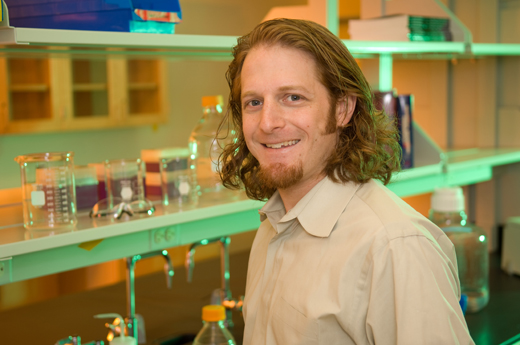
Kishore Kumar Jella, PhD
Winship Cancer Institute postdoc Kishore Kumar Jella has been invited to speak at the NATO advanced research workshop “BRITE (Biomarkers of Radiation In the Environment): Robust tools for Risk Assessment” in Yerevan, Armenia, on 28-30 November, 2017. The workshop brings together leading international experts to evaluate currently and developing radiation biomarkers for environmental applications.
Jella works in the Departments of Biochemistry and Radiation Oncology under the direction of Professors William S. Dynan and Mohammad K. Khan. He will speak on “Exosomes as Radiation Biomarkers”. He will describe how radiation influences exosome production and how these exosomes influence the immune system. The work has applications both to radiation carcinogenesis and combination radio-immunotherapy.
Jella is supported in part by a grant from the National Aeronautics and Space Administration to Dynan.
Exosomes are nano-sized membrane-clothed capsules containing proteins and RNA that are thought to facilitate cell-cell communcation. They were previously implicated in the ability of cancer cells to influence healthy neighbor cells, and have also been proposed as anti-cancer therapeutic vehicles. Jella’s previous research on exosomes and radiation-induced bystander signaling was published in Radiation Research in 2014.






